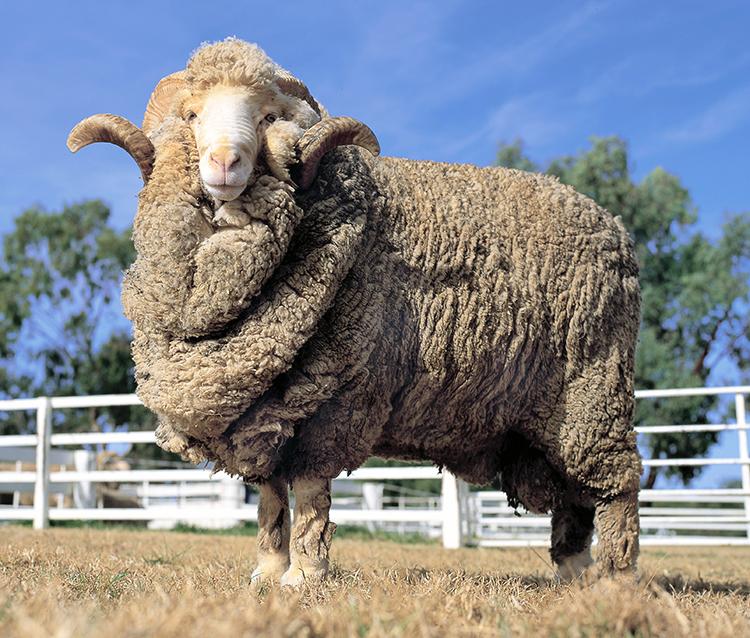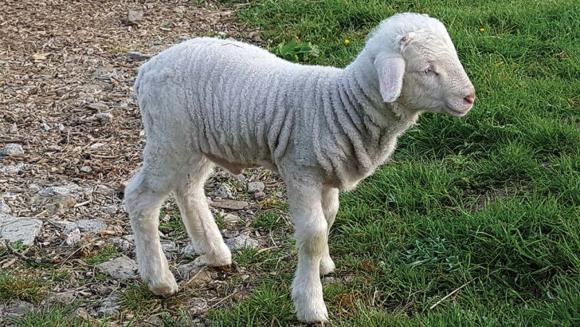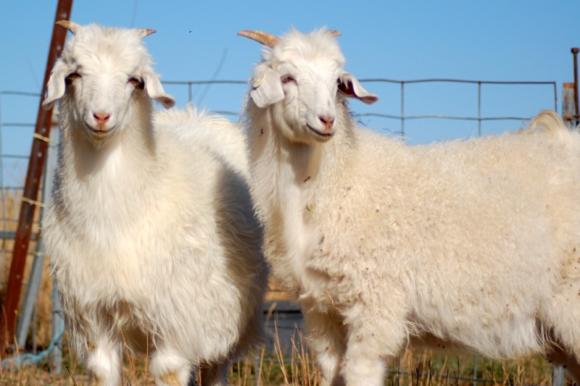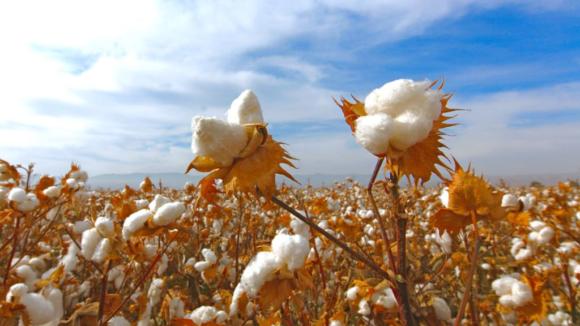The guide to knitwear fibre: Wool, cashmere and cotton
October 18, 2021BruceDayne
One sweater says lambswool, the other says merino. What does that mean? What’s the difference?
This cashmere sweater costs £30; this other one costs £300. Can they really be made of the same thing?
In our first chapter of this series – The Guide to Knitwear – we summarised all the things that made one sweater different to another, from yarn to gauge to loom.
Now we start taking deep dives into each one, beginning with fibre. This is the raw material the knitwear is made of, whether wool (merino, lambswool, geelong) another animal product (cashmere, vicuna, silk) or a plant (cotton, linen, hemp).
By explaining what they are, their different types and their properties, it will hopefully help readers understand what they’re buying and make informed choices.
Plus it’s kind of interesting.
What are the types of wool?
The vast majority of high-end knitwear – the kind Permanent Style readers might be considering – is merino, from a merino sheep (above). This is not a British breed, but usually imported from the likes of Australia and South Africa.
So if a label says something is merino, it’s not telling you much. It’s just ruling out other breeds – usually coarser and British, of which the best known is shetland – and probably telling you it’s not lambswool.
If it is lambswool, the label will usually say so, and it means the wool comes from the first shearing of a sheep. Which makes it finer and softer.
(Interestingly, the way you identify lambswool is by looking at the fibre under a microscope and seeing that it has one pointed end and one square. The squared end is where it was cut, the other end is the tip. All future wool taken from the sheep will have a cut tip, so both ends are square.)
Once you know it’s merino lambswool, you’re into specialty breeds or flocks.
For example ‘geelong’ refers to a particular type of merino sheep, which originally came from the geelong area of Australia. It was particularly high quality, and so sought after.
In recent years, geelong wool has increasingly been processed in China, rather than Australia, which makes it a less reliable indicator of quality. But geelong will still usually be a particular fine merino. (Though not, in my experience, as nice as cashmere, despite being marketed as such.)
Why does this matter?
So, we have there a series of subsets. Geelong is a type of lambswool (above), which is a type of merino, which is a breed of sheep.
What do we get as we descend that structure, using ‘better’ wools?
The biggest factor is fineness, which is measured in microns. Adult merino might be up to 21.5 micron, lambswool anything from 16.5 to 20, and geelong 18.5 or so. A human hair averages 70-80 micron, by the way, so this is all pretty fine.
There are other attributes of the wool fibre though. One is softness. Although fineness largely determines softness, lambswool of the same micron as adult merino will still be softer. And cashmere is softer because it has fewer scales in the fibre structure.
Another is length: one issue with cashmere is that although it’s fine and soft, it’s shorter than most merino. And another is colour: pale, almost white wool is prized because it can be dyed into a greater range of colours.
Then there are some peculiarities of different specialty wools, such as the crimped shape of Escorial wool, which is another merino breed.
When these fibres are spun into yarn, you get a whole set of new differences, which we might cover later. But the biggest one is worsted and woollen-spun. Just as with woven materials in suits, a worsted yarn is spun finer to create a smoother, often denser product. It’s what you see in light knits, such as those of John Smedley. Other, normal jumpers are woollen spun.
This only matters here because a coarser fibre can still look and feel fine if it is worsted.
The types of cashmere
Cashmere’s added value is fineness. Chinese cashmere (above) will be around 15 to 16 micron; Mongolian is 16.2 up to 18; Afghan is coarser and generally used for weaving. But all are finer than lambswool.
(There’s also baby cashmere, which is the first combing of a cashmere goat and is the finest of all. But, according to those I spoke to, there is far more ‘baby’ cashmere in the world than could realistically come from these animals.)
There is some real variety there among types of cashmere, which explains a lot of the price difference. There’s also variation in length of the fibres and mixes of length.
But just as important how the cashmere is used.
A lot of cheap cashmere, for example, is knitted loosely so less is required. A chemical softener is used to make it feel softer (and give it a slightly oily touch) and it’s over finished, making it very fluffy but not as strong. More on that in an article here.
There is also some traditional difference in how cashmere is knitted. For example, Scottish knitwear usually has less of a finish (less fluffy) than Italian. With the former you can usually see the yarn more clearly.
We talked about the advantages and disadvantages of that in this previous article. But the important thing to remember is that denser Scottish knitwear softens with wear and washing, and should last longer. Judging knitwear just based on what you feel in a shop is rarely that accurate.
Among other luxury fibres, vicuna is finer still, though shorter than cashmere. It’s an amazing fibre, but often hard to justify given how very expensive it is.
There’s also camel, which is around 16 micron, and mostly limited by its colour. And a little alpaca and angora. The latter is a very short fibre, and produces a particularly fluffy texture.
Plant fibres
Fibres like cotton and linen are mainly used for Spring/Summer, to make knits feel cooler. Both are cool to the touch, and trap heat less.
Cotton is seen more often because not everyone likes the crispness of linen, even though cotton is heavier and not quite as cool. Hemp behaves in a similar way to linen.
Sometimes the best solution is to mix cotton or linen with wool or cashmere. This produces more of a mid-weight jumper, not as cool as the two plant fibres on their own, but still lighter and fresher than wool.
The mixing can actually be done in two ways – one where the fibres themselves are mixed together before being spun, and another where one spun yarn of each is twisted together. The advantage of the latter is that the proportions are easier to control.
Silk is fantastic for strength and lightness, but again has a disadvantage in producing a sheen on the surface. So it’s most often used in mixes, usually with cashmere in lightweight knits.
There are differences in the qualities of all of these fibres, with Egyptian or Supima cotton having a longer staple length for example. But the differences are not as marked as those between different wools and cashmere.
DMTBeautySpot
via https://dmtbeautyspot.com
Simon Crompton, DMT.NEWS, DMT BeautySpot,







0 comments